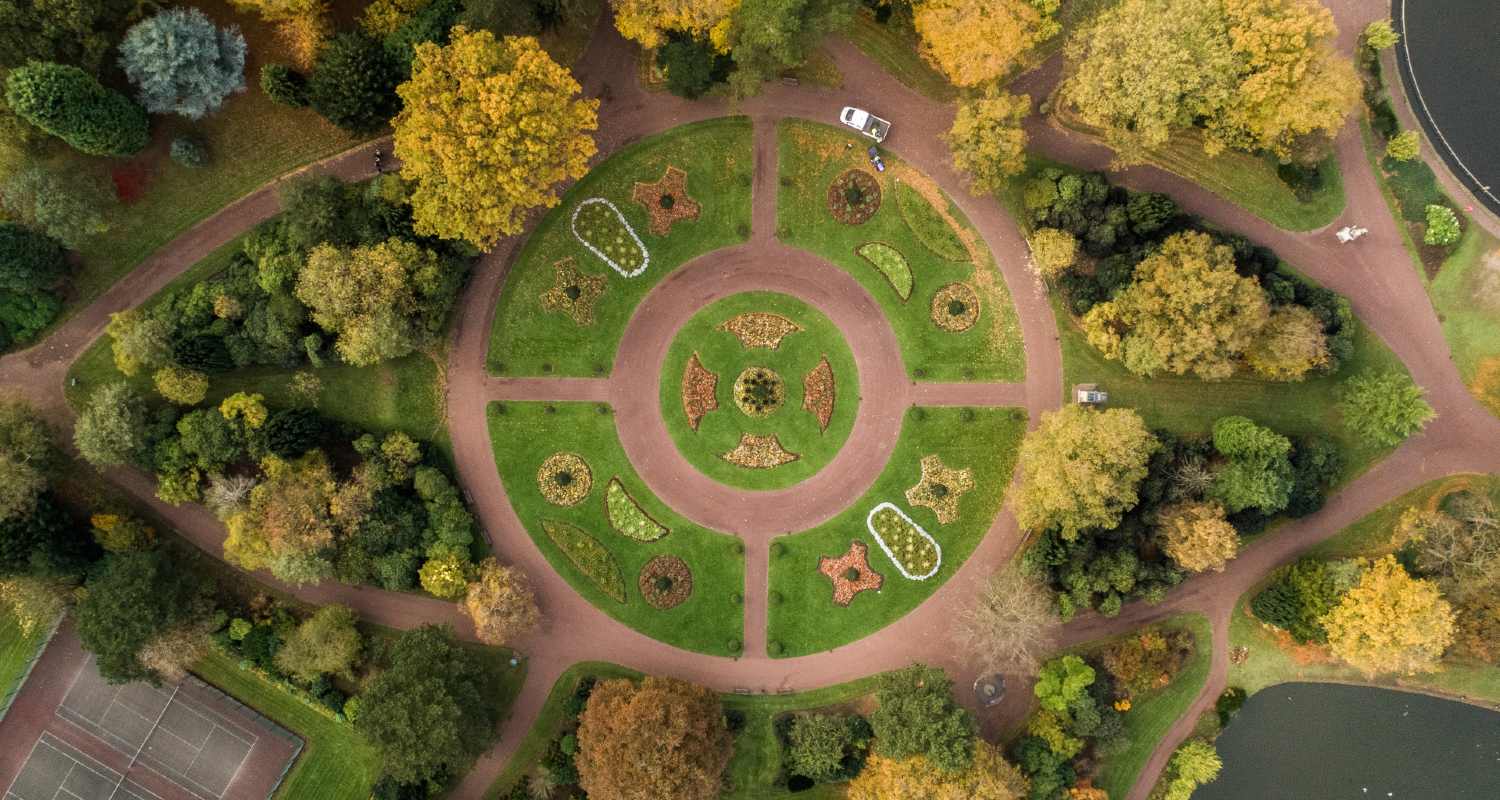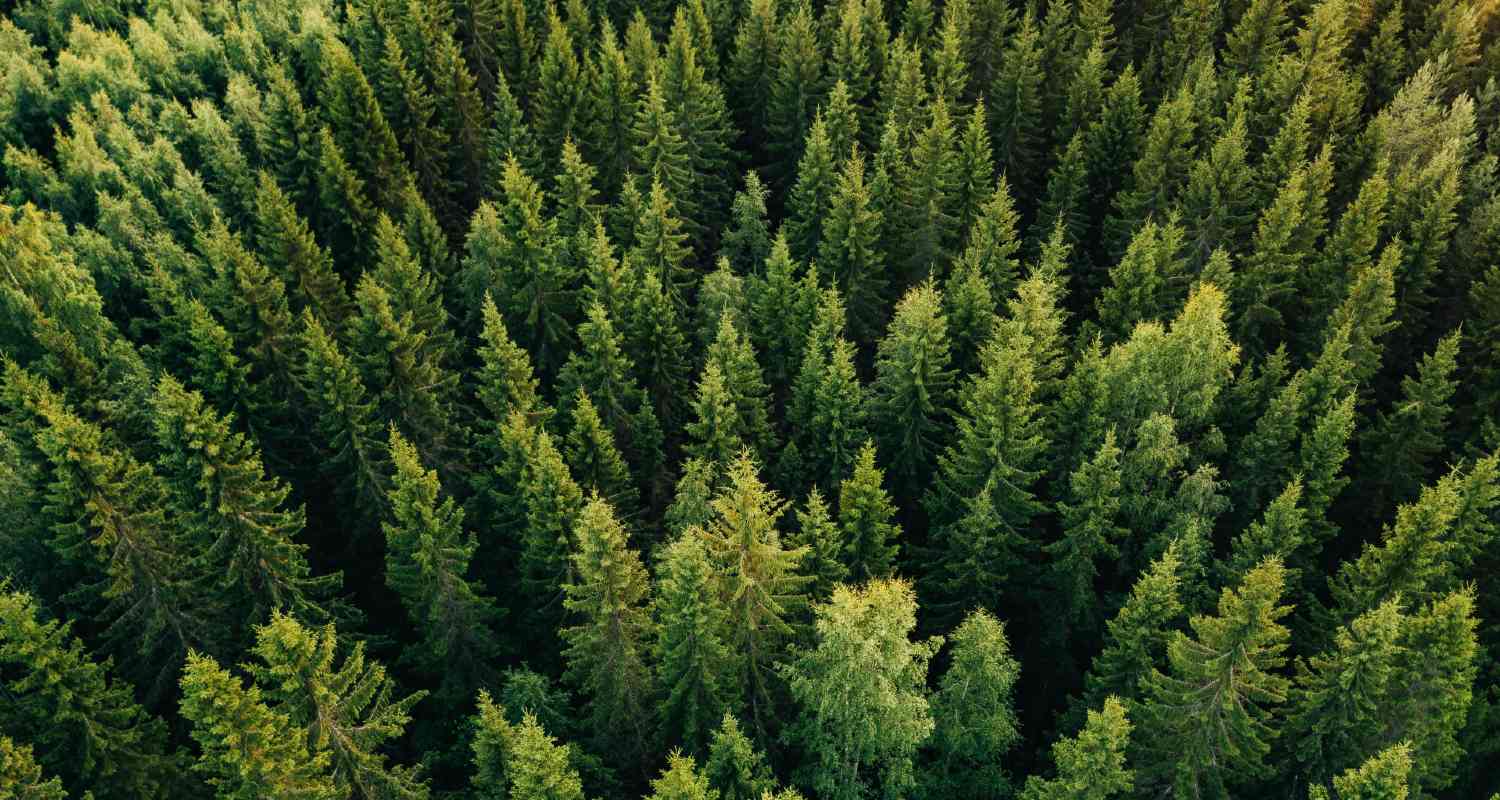
What is the circular economy and how do we contribute to it?
What is the circular economy and how do we contribute to it?

All about reforestation
Our forests: The allies of decarbonization
Reading time: 9 min
Concern about climate change is on the rise. According to a United Nations survey, the majority of people around the world think it's the biggest challenge that we'll face in the next decade. The exponential growth of urban centers, agriculture, and extensive stock-breeding, together with other factors, have contributed to the disappearance of enormous forest areas, which play a vital role in pulling CO2 out of the atmosphere. This is why carbon sinks – systems or processes that extract gases out of the atmosphere – are so valuable as a natural, complementary solution that will help with the challenge of slowing down global warming
What is reforestation?
Reforestation consists in recovering forested areas destroyed in recent times by planting new trees and sowing seeds from tree species, among other strategies.
It is the major solution to two of the phenomena that most impact the deterioration of the earth: desertification and deforestation. These two have numerous negative effects on the environment:
The Kyoto Protocol and the Paris Agreement see reforestation as one of the activities that will bring about “clean development,” making it an excellent option for recovering biodiversity and green spaces.
Different types of reforestation
Nowadays, there are two types of reforestation commonly talked about:

Urban reforestation
It consists in planting tree species in urban environments. It tends to be used to increase shady areas, protect against heat, improve air quality by trying to capture the excess CO2 from traffic, and transform the urban landscape. Urban reforestation actions include restoring urban forests after a natural disaster.

Rural reforestation
It refers to the large-scale planting of trees to restore deforested areas. It can have a variety of aims such as preserving species native to the areas, fertilizing the soil, and protecting against erosion. It also includes the recovery of forested areas destroyed by a natural disaster.
Benefits of reforestation
It reduces air pollution, and in turn, the greenhouse effect that is contributing to global warming.
It stimulates rural development by helping promote inclusive local employment
It promotes the restoration of old forested areas and the recovery of the natural habitat
It helps to improve the health and quality of the local environment
Reforestation and other natural solutions for achieving decarbonization
Plants and trees extract and “sequester” carbon dioxide through photosynthesis by absorbing it into their tissues and preventing it from remaining in the atmosphere. Their role is essential for decarbonization, or else known as the reduction of carbon emissions into the atmosphere, particularly in the form of CO2.
These solutions are able to capture up to 37% of the emissions needed to limit global warming to 2º C by 2030. They have a greater capability to store carbon and water, reduce soil erosion, increase biodiversity, and generate income. Even though their implementation can lead to risks (such as introducing species that are not native to the area when repopulating), these strategies have a great potential to slow down the pace of climate change and mitigate the risk of natural disasters.
Repsol and reforestation: A key factor in our energy transition strategy

What is the circular economy and how do we contribute to it?
In December 2019, Repsol also acquired a 21.39% stake in Sylvestris, a social enterprise specializing in forestry, the environment, development cooperation, and rural development.
This partnership is proposing targets as ambitious as the following ones:
Trees are not only a treasure of incalculable value, they are also one of the most powerful weapons for fighting global warming. Let’s take care of them.
Today, one of the great goals is to reduce CO2 emissions by any means possible. There are negative-emission technologies that make it possible to capture carbon dioxide from the air to store it or reuse it to manufacture fuels, chemical products, and construction materials. It's also possible to reserve it in isolated geological deposits and fix it in agricultural or forested land. For reforestation, drones have been developed that are able to speed up and optimize the planting of tree species at much higher levels than now. All in all, the most important technology that we have today is preservig our forests, recovering green spaces, and planting trees where there haven't been any for the last fifty years.